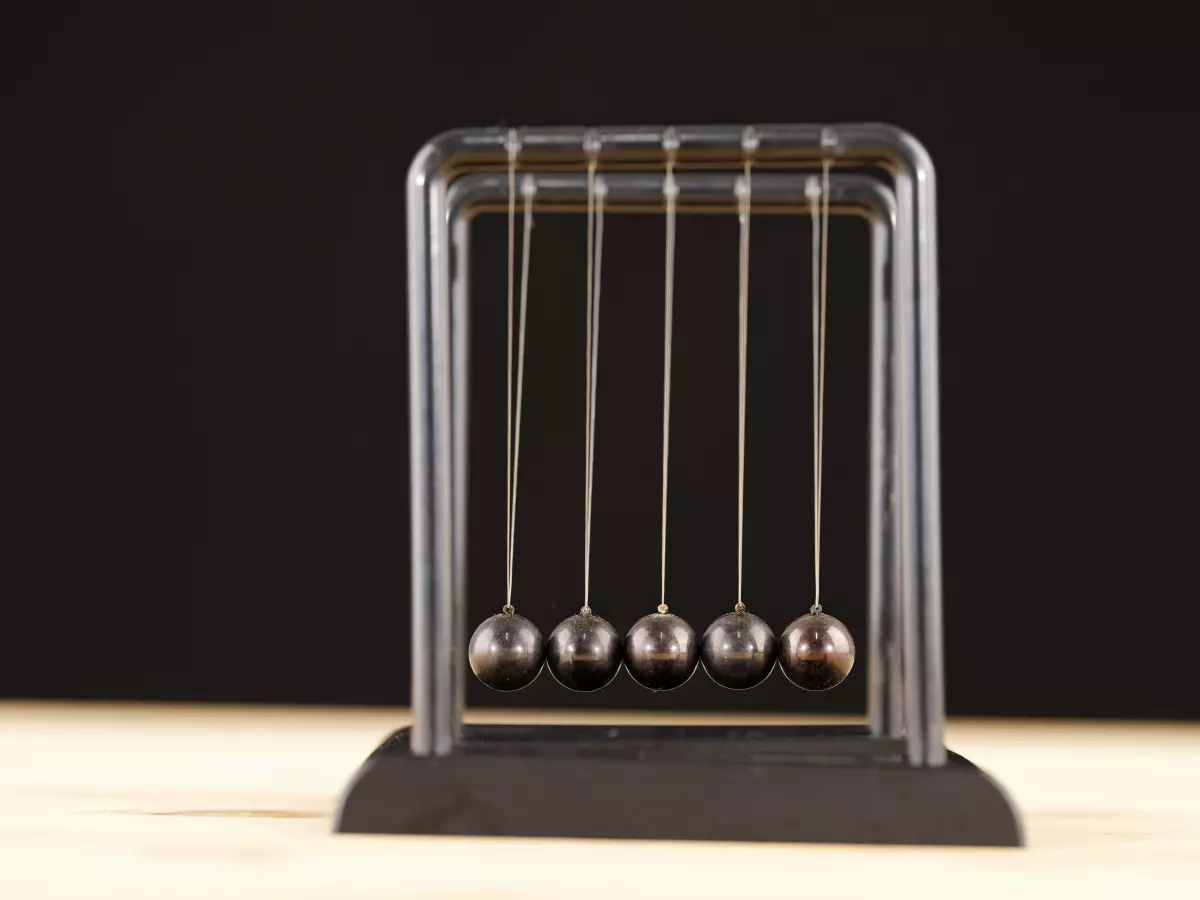Snap Tap Revolution
In the ever-evolving world of competitive gaming, the line between skill and technology has always been a bit blurry. But with Razer's latest update to its Snap Tap feature, that line might just disappear altogether.

By Mia Johnson
Razer, the gaming hardware giant, has been known for pushing the boundaries of what's possible in gaming peripherals. From their ultra-responsive keyboards to their precision-engineered mice, they've always been at the forefront of innovation. But now, with the expansion of their controversial Snap Tap feature, they're taking things to a whole new level. According to Digitaltrends, this update is rolling out to include Razer Blade laptops, making it more accessible than ever before.
So, what exactly is Snap Tap? In simple terms, it's a feature that allows players to execute complex in-game actions with just a single tap. Imagine pulling off a series of moves in a fighting game or executing a perfect headshot in a first-person shooter—all with minimal effort. Sounds like a dream, right? Well, not everyone is thrilled about it.
Skill vs. Automation: The Eternal Debate
Gaming purists argue that features like Snap Tap undermine the very essence of competitive gaming. After all, isn't the whole point of gaming to test your skills, reflexes, and decision-making abilities? By automating complex actions, Snap Tap could be seen as giving players an unfair advantage, especially in high-stakes tournaments where every millisecond counts.
On the flip side, Razer defends Snap Tap as a tool that levels the playing field. They argue that it allows players with different skill levels to compete more fairly, especially in games that require lightning-fast reflexes. In their view, Snap Tap isn't about cheating—it's about accessibility.
But let's be real here. If you're a seasoned gamer who's spent years honing your skills, the idea of someone using a feature like Snap Tap to outplay you with minimal effort probably doesn't sit well. It's like showing up to a marathon only to find out that some runners are allowed to use scooters.
The Expansion: What It Means for Gamers
With the latest update, Snap Tap is no longer confined to Razer's high-end peripherals. It's now available on Razer Blade laptops, which means more gamers will have access to this controversial feature. And while that might sound like a win for casual gamers, it's causing quite a stir in the competitive gaming community.
For one, the expansion of Snap Tap could lead to a shift in the meta of certain games. Players who rely on their reflexes and muscle memory might find themselves at a disadvantage against those using Snap Tap. And in games where every frame matters, that could be a game-changer—literally.
But it's not just about individual players. The rise of Snap Tap could also have a ripple effect on the broader gaming ecosystem. Game developers might need to rethink how they design their games, especially if more players start using features like Snap Tap to bypass traditional mechanics. We could see a future where games are designed with automation in mind, which raises the question: Is that really the direction we want gaming to go?
Cheating or Innovation? The Fine Line
At the heart of the Snap Tap debate is the age-old question: What constitutes cheating? In the world of competitive gaming, the line between innovation and unfair advantage has always been a bit fuzzy. On one hand, gaming has always been about pushing the limits—whether it's through better hardware, faster internet connections, or more efficient strategies. But on the other hand, there's a point where innovation crosses into territory that feels, well, a little too easy.
Take aim-assist features in first-person shooters, for example. They're designed to help players land shots more accurately, but many gamers consider them a form of cheating. Snap Tap falls into a similar gray area. Yes, it's a feature designed to make gaming more accessible, but when it gives players the ability to execute complex actions with minimal effort, it starts to feel like a shortcut.
Of course, Razer isn't the first company to introduce features like this. We've seen similar innovations in the past, from programmable buttons on gaming mice to customizable macros on keyboards. But Snap Tap takes things to a whole new level by automating entire sequences of actions. And that has some gamers worried about the future of competitive play.
The Future of Competitive Gaming
So, where does this leave us? Is Snap Tap the future of gaming, or is it a step too far? The truth is, it probably depends on who you ask. For casual gamers, Snap Tap could be a game-changer, allowing them to compete at a higher level without spending hours practicing. But for competitive gamers, it's a potential threat to the integrity of the game.
One thing's for sure: The expansion of Snap Tap is going to spark some heated debates in the gaming community. And as more players get their hands on this feature, we're likely to see even more discussions about what it means for the future of competitive gaming.
Ultimately, the question comes down to this: Is Snap Tap a tool for leveling the playing field, or is it a crutch for players who can't keep up? Only time will tell. But one thing's certain—Razer has once again managed to shake up the gaming world, and we're all waiting to see what happens next.
And if you're wondering just how big of an impact Snap Tap could have, consider this: In a recent survey of competitive gamers, 68% said they believe automation features like Snap Tap give players an unfair advantage. Whether you see it as cheating or innovation, there's no denying that Snap Tap is changing the game—literally.





